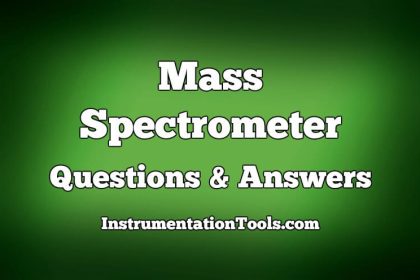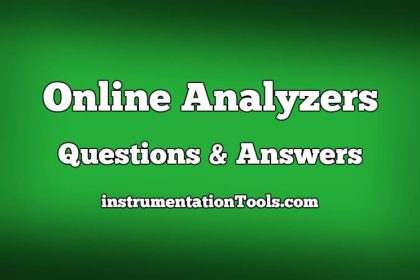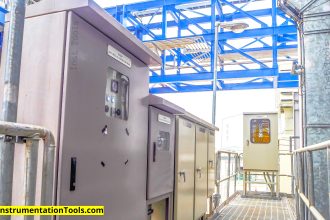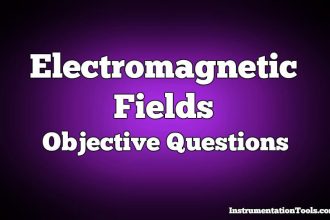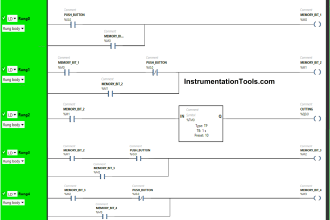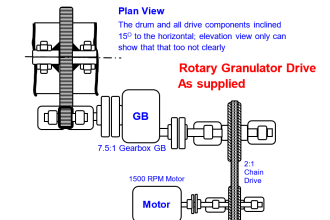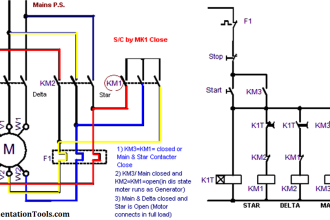Nyquist Stability Criterion MCQ
1. Which principle specifies the relationship between enclosure of poles & zeros by s-plane contour and the encirclement of origin by q(s) plane contour?
a) Argument
b) Agreement
c) Assessment
d) Assortment
Answer: a
Explanation: Argument principle specifies the relationship between enclosure of poles & zeros by s-plane contour and the encirclement of origin by q(s) plane contour.
2. If a Nyquist plot of G (jω) H (jω) for a closed loop system passes through (-2, j0) point in GH plane, what would be the value of gain margin of the system in dB?
a) 0 dB
b) 2.0201 dB
c) 4 dB
d) 6.0205 dB
Answer: d
Explanation: Gain Margin is calculated by taking inverse of the gain where the Nyquist plot cuts the real axis.
3. For Nyquist contour, the size of radius is _______
a) 25
b) 0
c) 1
d) ∞
Answer: d
Explanation: For Nyquist contour, the size of radius is ∞.
4. Consider a feedback system with gain margin of about 30. At what point does Nyquist plot crosses negative real axis?
a) -3
b) -0.3
c) -30
d) -0.03
Answer: b
Explanation: Gain Margin is always inverse of the point which cuts the Nyquist on the real axis.
5. According to Nyquist stability criterion, where should be the position of all zeros of q(s) corresponding to s-plane?
a) On left half
b) At the center
c) On right half
d) Random
Answer: a
Explanation: According to Nyquist stability criterion zeroes must lie on the left half on the s plane.
6. If the system is represented by G(s) H(s) = k (s+7) / s (s +3) (s + 2), what would be its magnitude at ω = ∞?
a) 0
b) ∞
c) 7/10
d) 21
Answer: a
Explanation: On calculating the magnitude of the system and putting the value of frequency one gets the magnitude as 0.
7. Consider the system represented by the equation given below. What would be the total phase value at ω = 0? 200/[s3 (s + 3) (s + 6) (s + 10)].
a) -90°
b) -180°
c) -270°
d) -360°
Answer: c
Explanation: The phase can be calculated by the basic formula for calculating phase angle.
8. Due to an addition of pole at origin, the polar plot gets shifted by ___ at ω = 0 ?
a) -45°
b) -60°
c) -90°
d) -180°
Answer: c
Explanation: Addition of pole causes instability to the system.
9. In polar plots, if a pole is added at the origin, what would be the value of the magnitude at Ω = 0?
a) Zero
b) Infinity
c) Unity
d) Unpredictable
Answer: b
Explanation: Addition of pole causes instability to the system.
10. In polar plots, what does each and every point represent w.r.t magnitude and angle?
a) Scalar
b) Vector
c) Phasor
d) Differentiator
Answer: c
Explanation: Each and every point on the polar plot is the phasor where value of frequency varies.



